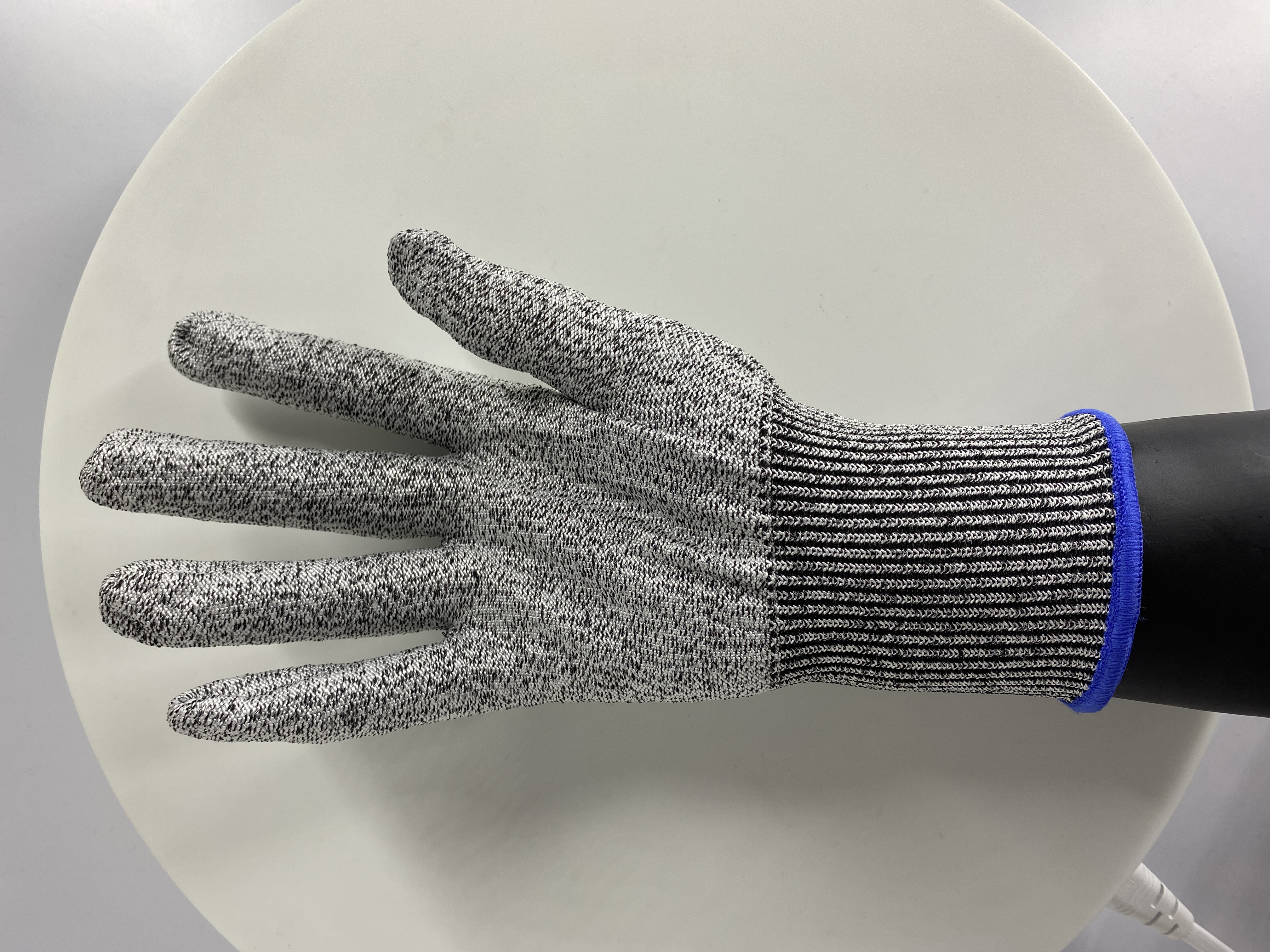A compensator is a component used in an instrument to compensate for variables such as phase difference, optical path difference, polarization difference, light intensity, or mechanical displacement. Compensators are also customarily called expansion joints, or expansion joints. It consists of a bellows (an elastic element) constituting its working body and attachments such as end pipes, brackets, flanges, and ducts. It belongs to a kind of compensation component. The effective telescopic deformation of the bellows of the working body is utilized to absorb dimensional changes caused by thermal expansion and contraction of pipelines, pipes, containers, etc., or to compensate axial, lateral, and angular displacements of pipelines, conduits, containers, and the like. It can also be used for noise reduction and vibration reduction. Widely used in modern industry. In order to prevent deformation or damage of the pipeline due to thermal elongation or temperature stress during heating, it is necessary to provide a compensator on the pipeline to compensate for the thermal elongation of the pipeline, thereby reducing the stress on the pipe wall and The force acting on the valve member or bracket structure. The compensator has the following functions: First, compensate the axial, lateral, and angular cold and hot deformation of the absorption pipe. Secondly, the amount of expansion and contraction of the corrugated compensator facilitates the installation and disassembly of the valve pipe. Third, absorb equipment vibration and reduce the impact of equipment vibration on the pipeline. Finally, absorb the amount of deformation of the pipeline caused by earthquakes and subsidence. The compensator adopts one-time hydroforming and mechanical forming technology, and assists in computer optimization design and manufacture. It has accurate size, clean surface and no trauma, compact product structure, large compensation amount, no leakage, corrosion resistance, long service life, easy installation and product. The quality is reliable and so on. At the same time, according to the user's working environment, conditions and the number of fatigue damage, the user can develop other types and uses of the corrugated compensator. This product is widely used in steel, petroleum, chemical, metallurgy, electric power, water supply and drainage, construction and other industries.
There are many kinds of protective gloves. In addition to chemical resistance, there are also anti-cutting, electrical insulation, waterproof, cold resistance, thermal radiation protection, fire retardant and other functions. It should be noted that the general acid and alkali resistant gloves are not the same as the chemical resistant protective gloves. So when needed, you should choose protective gloves that prevent all kinds of chemicals from penetrating.
The correct use of
safety gloves and goggles,safety gloves electrical work,safety gloves for woodworking,safety gloves rubber Behappy Crafts (suzhou)Co.,Ltd , https://www.craftsbehappy.com
1. Check whether the gloves are damaged before each use
2. Wear protective gloves before handling harmful substances or operating dangerous procedures
3. Avoid exposure of pollutants and contact with the skin after removing the contaminated gloves
4. Contaminated gloves should be wrapped before being discarded
5. Reuse protective gloves should be thoroughly cleaned and air-dried after use
6. Choose gloves of the right size
Maintenance method
1. Put protective gloves in a dry, dark and constant temperature environment
2. When there are a large number of chemical substances remaining, use appropriate solvent to clean, but avoid using corrosive cleaning fluid
3. Dry the gloves thoroughly after washing. Do not use heat to dry the gloves unless instructed by the manufacturer, as it will age the gloves quickly
Proper use and maintenance can properly increase the service life of protective gloves.
